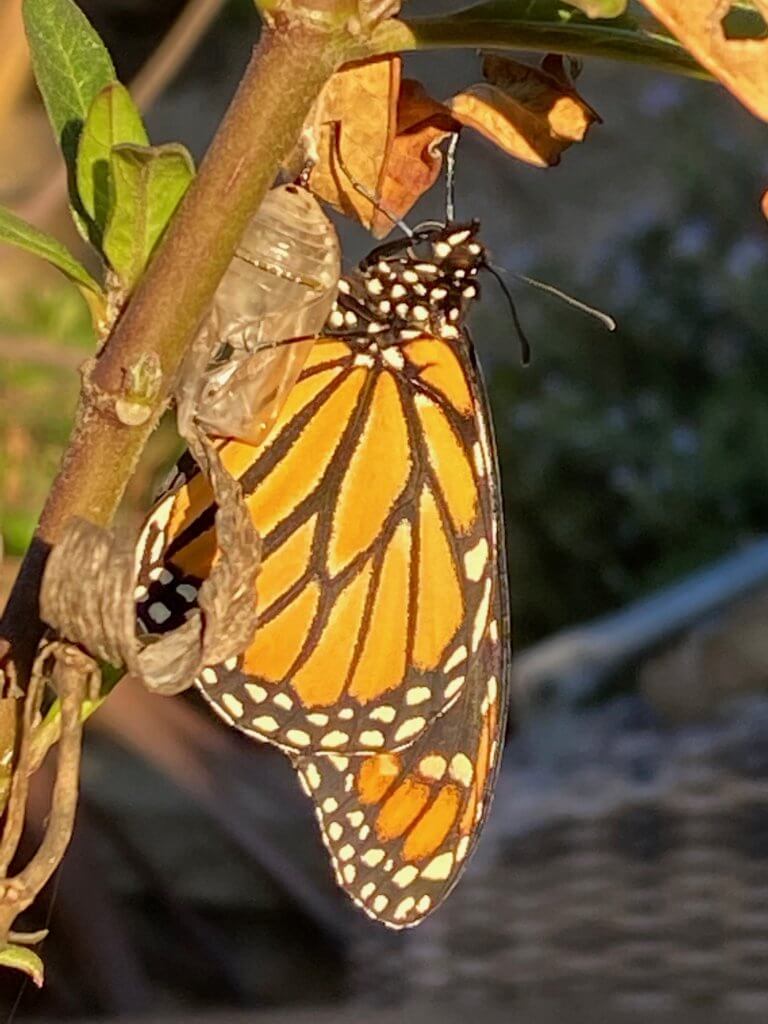Here’s more information about the park’s wildlife, with special focus on the two federally endangered species that live in the park’s salt marshlands.

Wildlife
Discover the diverse species that thrive at China Camp
From the shores of San Pablo Bay to the heights of San Pedro Mountain, China Camp State Park teems with life. In total, 26 species of mammals, 140 species of birds, 44 species of fish, and 15 species of reptiles and amphibians can be found here, some year-round, some as seasonal visitors. And each species fills its own specific niche in China Camp’s ecosystems.
Endangered species
Ridgway's Rail
The park’s salt marshes represent the most intact wetlands remaining in the San Francisco Bay estuary. They are home to a number of endangered species, including California Ridgway’s rail (formerlyl known as the California clapper rail). This almost flightless, hen-size bird (Rallus longirostris obsoletus) winds its rail-thin body through the salt marsh plants to feed on mussels, clams, snails, and worms. The bird’s original name hinted at its mating call, which sounds like clapping.
Ridgway’s rail populations have plummeted in recent decades, due to destruction of marshland habitat by development and shoreline fill, making the protected wetlands like the ones at China Camp critically important habitat.
Endangered species
Salt Marsh Harvest Mouse
This tiny but extraordinary rodent (Reithrodontomys raviventris) is endemic to the salt marshes of the San Francisco Bay estuary. Feel lucky if you ever see one: the little rodent is mostly active at night, and typically dwells deep within the marsh’s thick vegetation.
What sets the mouse apart from most other mammals is its ability to safely drink salt water. While these rodents happily munch on fresh green grass in winter and early spring, the rest of the year they mostly eat pickleweed and saltgrass.
Like Ridgway’s rail populations, numbers of salt marsh harvest mouse have been severely depleted by habitat destruction. Luckily, the protected shores of China Camp give this impossibly cute mammal a safe haven.
Other wildlife
Mammals, birds, and more
Deer are among the most common and visible mammals in the forested hills of China Camp. Other mammals that make this area their home include raccoons, skunks, foxes, coyotes, bobcats, and a variety of rodents.
Walking the trails of China Camp, the hiker will hear the gobbling of wild turkeys, as well as an orchestra of bird song. Scrub jays, song sparrows, chestnut-backed chickadees, acorn and pileated woodpeckers, lesser goldfinches, and spotted towhees all add their distinctive sounds to the forest. Raptors such as turkey vultures, ospreys red-tailed hawks, golden and bald eagles, marsh hawks, and peregrine falcons often carve circles in the sky, and roost or nest in trees and on tall power poles.
Tidal wetlands are a mecca for waterfowl and shorebirds. Winter and spring migrations bring waves of ducks through the park. Look for pintails, Northern shovelers, and common loons in winter. In summer, scan the surface for buffleheads and Western grebes.
Reptiles and amphibians are well represented at China Camp. In winter, rough-skinned newts often cross the trails in search of a creek for spawning. In summer, Western fence lizards seem to perch on every boulder and fence post.
Several nonpoisonous snakes live in the park, including gopher snakes, ring-necked snakes, and king snakes. Western rattlesnakes can also turn up, mainly in summer. I;f you’re not sure if it’s a rattler, assume it is and give it a wide berth.
animals
Monarchs on the brink
Friends of China Camp – Spring 2021 MONARCHS ON THE BRINK Help keep our native butterflies from disappearing forever by Harriot Manley Monarch butterfly by...
birds
Ospreys Get Busy
OSPREYS GET BUSY Watch our fascinating fish hawks fish, fly, and fledge Osprey carrying trout by David Brown/McCauley Library True to the season, o’er our...
Photos: (Osprey) David Brown/McCauley Library, (rail) Connor Cochrane/McCauley Library, (mouse) u.s. Fish and Wildlife Service; all others harriot manley



